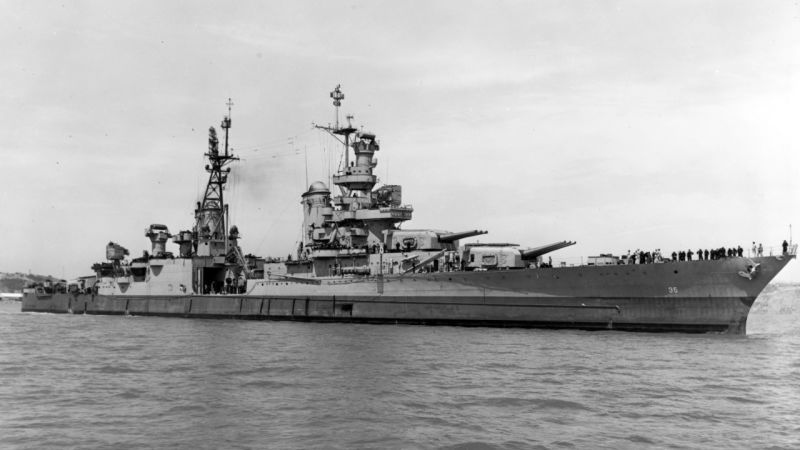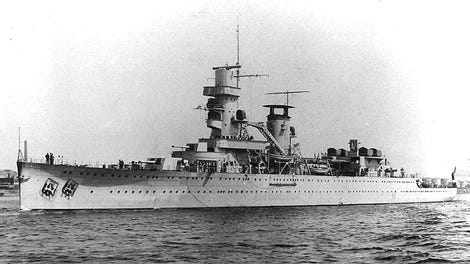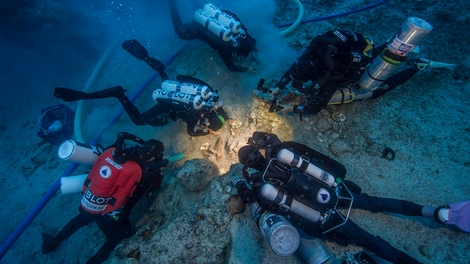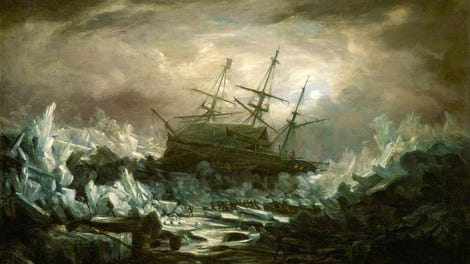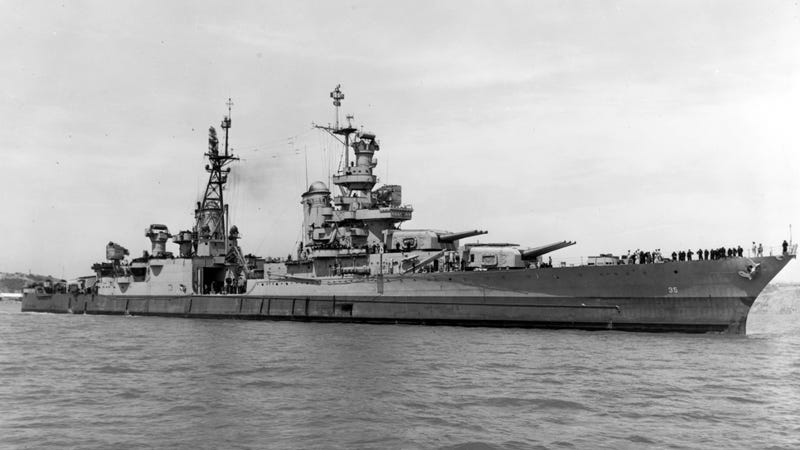
A team of civilian researchers has discovered the wreck of the USS Indianapolis, a US Navy cruiser which Imperial Japanese forces sunk in July 1945 to the loss of nearly three quarters of its crew.
According to a statement from the Navy, two Japanese submarine torpedoes struck the ship, sinking it more than 18,000 feet (roughly 5,500 meters) below the surface of the Pacific Ocean in the closing stages of World War II.
The cruiser went down in approximately 12 minutes, preventing the transmission of a distress signal. Though about 800 of its 1,196 sailors and Marines survived the initial sinking, following four days of floating in shark-infested waters with few supplies or protection from the elements, just 316 made it back home. It had just finished delivering components to the atomic bomb later detonated in Hiroshima.
Advertisement
Philanthrophist Paul G. Allen led the 13-person search team, which relied on estimates from Naval History and Heritage Command’s Dr. Richard Hulver to narrow the search perimeter to approximately 600 square miles (1550 square kilometers). The team was able to locate the Indianapolis using “state-of-the-art subsea equipment capable of diving to 6,000 meters” deployed off the 250-foot Research Vessel Petrel, and is still in the process of surveying and mapping the site.
“The Petrel and its capabilities, the technology it has and the research we’ve done, are the culmination years of dedication and hard work,” Allen’s director of subsea operations Robert Kraft told the Navy. “We’ve assembled and integrated this technology, assets and unique capability into operating platform, which is now one amongst very few on the planet.”
Photos of the craft show parts of it are extraordinarily well preserved. At over 18,000 feet down in the ocean, it also comes close to matching world records for deepest known wreck, which is currently held by the World War II-era German blockade runner SS Rio Grande at 18,900 feet.
According to the Navy, Allen’s team is complying with the standard practice of treating the site as a war grave and not physically disturbing it—which will respect the wishes of the 22 surviving crew members and the lost men’s families.

